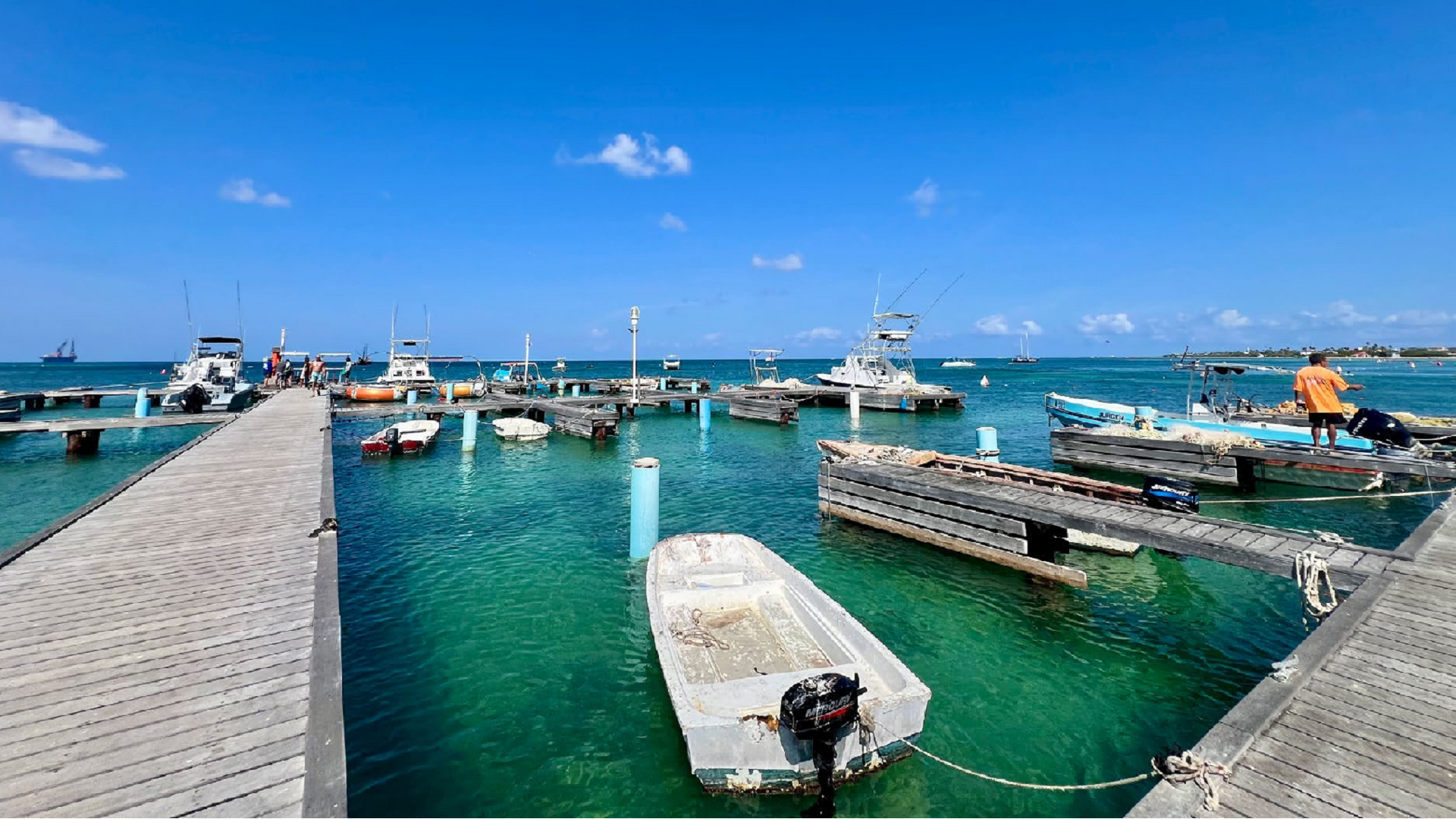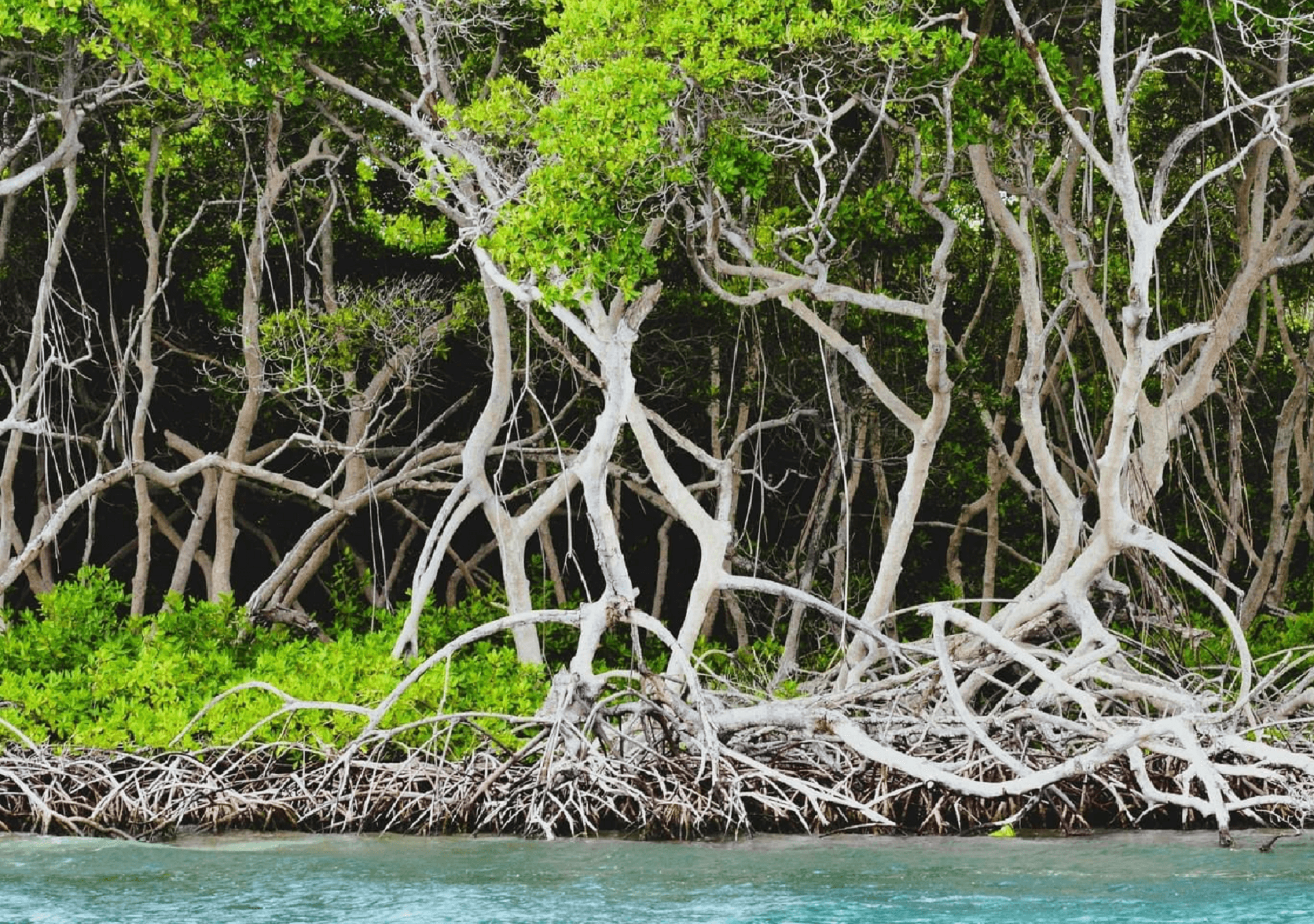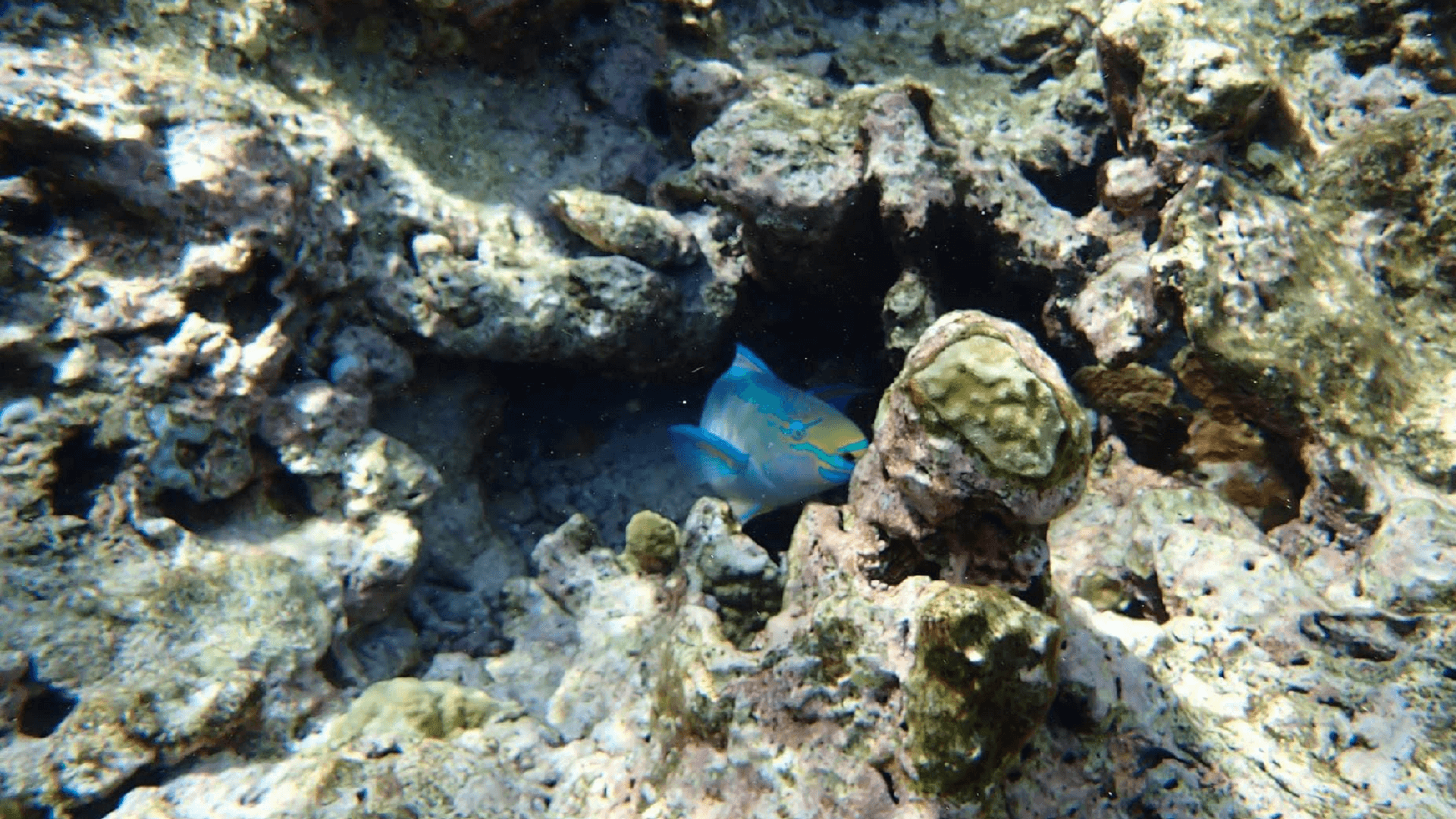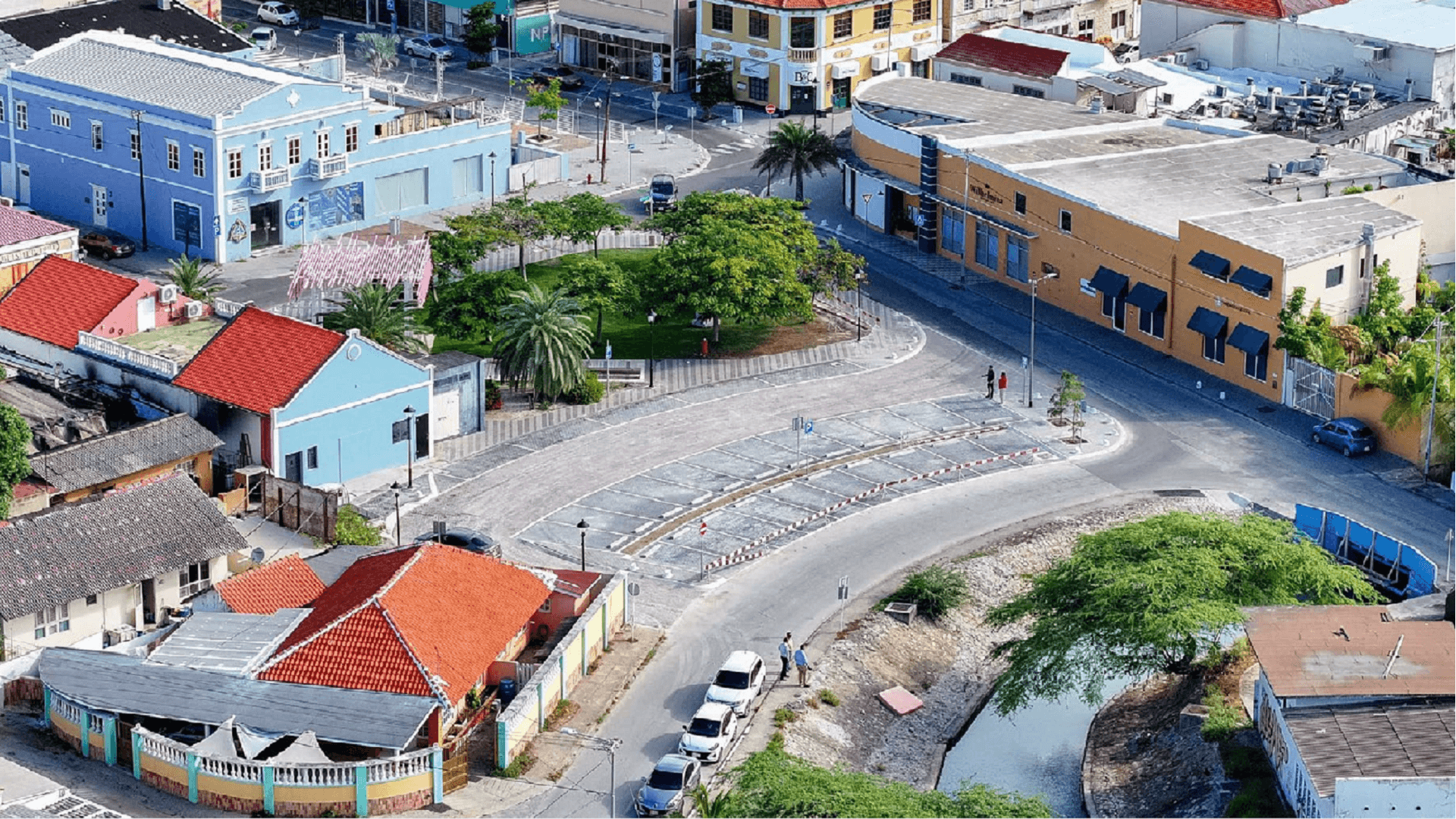Aruba’s pristine beaches, turquoise waters, and year-round sunshine attract millions of visitors seeking paradise. Yet beneath this Caribbean jewel’s idyllic surface lies an urgent environmental crisis reshaping the island’s future. Climate change aruba environmental impacts are no longer distant threats—they’re transforming ecosystems, threatening livelihoods, and challenging the island’s economic foundation today.
As a small island nation with limited land and resources, Aruba faces disproportionate climate risks despite contributing minimally to global emissions. Understanding these challenges reveals why protecting this island paradise requires immediate, coordinated action from residents, businesses, and visitors alike.
Small island developing states like Aruba rank among the world’s most climate-vulnerable nations according to the Intergovernmental Panel on Climate Change. These islands share critical disadvantages: minimal physical space for adaptation, high coastal population density, economic dependence on climate-sensitive sectors, and constrained financial resources for building resilience.
Aruba exemplifies these vulnerabilities perfectly. With most population centers, infrastructure, and economic activity concentrated along vulnerable coastlines, the island has minimal capacity to relocate communities inland when threats emerge. Even small temperature increases or modest sea-level rise can trigger cascading consequences across multiple sectors simultaneously.
Scientific monitoring reveals clear stress signals throughout Aruba’s environment. The island experiences increasingly hot, dry conditions with weather patterns becoming less predictable than previous decades. Heat seasons extend longer, droughts intensify, and precipitation arrives in sudden heavy bursts that overwhelm drainage systems and cause flash flooding.
Sea surface temperatures around Aruba have risen measurably, contributing to multiple ecological stresses. These warming trends align with global patterns but carry localized consequences affecting everything from reef health to agricultural viability to public health safety.

Aruba’s natural systems—coral reefs, mangrove forests, seagrass meadows, and sand dunes function as living infrastructure protecting the island from climate hazards. These ecosystems provide services worth millions annually, including wave attenuation, shoreline stabilization, fish habitat provision, and recreational opportunities supporting tourism.
When these natural systems degrade, Aruba loses both environmental stability and economic resilience. The island becomes more exposed to storm surge, coastal erosion, and flooding threats directly impacting homes, hotels, roads, and utilities.
Coral reefs worldwide are experiencing the most severe bleaching event on record according to NOAA. Since January 2023, bleaching-level heat stress has affected 84.4% of the world’s coral reef areas, with mass bleaching documented in at least 83 countries and territories. This fourth global bleaching event surpasses all previous episodes in both extent and severity.
Climate change aruba environmental impacts include multiple coral bleaching events in recent years, with recovery rates slowing significantly. The consequences ripple through the island’s ecology and economy.

When ocean temperatures rise above normal levels, corals expel symbiotic algae living in their tissues, causing them to turn white—a process called bleaching. While bleached corals aren’t immediately dead, they’re severely stressed and vulnerable to disease and mortality. Prolonged heat exposure kills entire reef sections.
The impacts of coral reef degradation extend across multiple dimensions:
Biodiversity Loss: Fish populations decline as reef habitat degrades, affecting marine food webs that support both wildlife and commercial fisheries.
Tourism Impact: Snorkeling and diving experiences become less attractive as reef health diminishes, threatening a cornerstone of Aruba’s visitor appeal.
Coastal Vulnerability: Without coral reefs acting as natural breakwaters, wave energy reaches shorelines unimpeded, accelerating erosion and threatening coastal properties.
Economic Costs: Artificial coastal protection infrastructure costs exponentially more than maintaining healthy reefs, straining limited island resources.

Mangrove forests create dense root networks anchoring coastlines, preventing erosion while serving as nurseries for commercially important fish species. These salt-tolerant trees also filter pollutants, store carbon, and buffer storm surge impacts.
However, coastal development has reduced mangrove coverage in several Aruba locations. When mangroves disappear, shoreline erosion accelerates, fish populations decline, water quality deteriorates, and coastal communities face increased storm vulnerability. Protecting remaining mangrove areas becomes increasingly critical as climate pressures intensify.

Seagrass beds stabilize seafloor sediments, provide food for sea turtles and fish, and support marine biodiversity. These underwater meadows face mounting pressures from sediment runoff, boat anchoring damage, pollution, and rising water temperatures.
The loss of seagrass further undermines coastal resilience and marine ecosystem health, creating cascading effects throughout Aruba’s nearshore environment.
Sand dunes form natural buffers protecting inland areas from storm waves, wind, and high-tide flooding. These accumulations of wind-blown sand help preserve beaches and shield coastal neighborhoods and tourism infrastructure from storm damage.
Yet dunes remain inherently fragile. Off-road vehicle traffic, construction activities, and heavy pedestrian use destabilize dune structures. Once damaged, dunes require decades to recover naturally. As sea levels rise and storms potentially intensify, maintaining intact dune systems becomes increasingly crucial for protecting coastal property and infrastructure.

Aruba’s warming trend extends beyond ocean temperatures to atmospheric conditions. Longer and more intense heat seasons reduce outdoor comfort and create public health risks, particularly for vulnerable populations including elderly residents, outdoor workers in construction and tourism services, children, and visitors unaccustomed to tropical heat.
Heat-related illnesses such as dehydration, heat exhaustion, and heat stroke are becoming more frequent. Healthcare systems must adapt to address these emerging challenges while maintaining capacity for other health needs.
Extended heat periods affect daily routines, work productivity, energy consumption for cooling, and outdoor recreation opportunities. When temperatures become unbearable during midday hours, tourism experiences suffer and economic activity shifts to cooler times creating operational challenges for businesses dependent on visitor satisfaction.
Tourism generates more than 70% of Aruba’s gross domestic product, making the industry central to island economic stability. Visitor spending supports employment across hospitality, retail, food service, transportation, recreation, and construction sectors. This economic concentration creates significant climate vulnerability because tourism depends fundamentally on environmental quality.
Multiple climate change aruba environmental impacts threaten Aruba’s tourism appeal:
Environmental Degradation: Beach erosion, reef damage, and ecosystem decline diminish natural attractions drawing visitors to Aruba.
Comfort Concerns: Increasing heat reduces outdoor activity time and visitor satisfaction with daytime experiences.
Infrastructure Vulnerability: Coastal hotels, restaurants, and roads face repair costs and structural risks from erosion and storm intensity.
Experience Quality: Declining marine life reduces appeal of signature activities like snorkeling and diving.
Maintaining competitiveness requires protecting natural assets while adapting tourism operations to changing conditions.

Nature-based solutions offer cost-effective climate adaptation providing multiple benefits:
Coral Restoration: Establishing coral nurseries and transplanting healthy corals to damaged reef areas accelerates recovery while supporting marine biodiversity. Organizations like the Coral Restoration Foundation are pioneering techniques that can be adapted to Aruba’s reefs.
Mangrove Reforestation: Expanding mangrove coverage enhances coastal protection, improves water quality, and creates fish habitat essential to marine ecosystems.
Dune Restoration and Protection: Restricting vehicle access, installing walkways to concentrate foot traffic, and planting native vegetation strengthens dune systems that protect coastal communities.
Seagrass Conservation: Reducing pollution and sediment runoff while preventing anchor damage helps preserve seagrass meadows supporting marine life.
Research consistently shows that maintaining and restoring natural ecosystems costs far less than building artificial coastal protection infrastructure while delivering broader ecological and social benefits.
Effective climate adaptation requires coordination across government agencies, private sector entities, and community organizations. Comprehensive climate planning must consider sea-level rise projections, heat exposure patterns, urban drainage capacity, ecosystem restoration priorities, and infrastructure adaptation needs.
This coordination ensures adaptation investments complement rather than conflict with each other, maximizing limited resources while addressing climate change aruba environmental challenges holistically.
Future development decisions must incorporate climate risk assessments and adaptation considerations from the planning stage. This means:
Aruba’s tourism strategy increasingly emphasizes sustainability and environmental protection, recognizing that long-term tourism success depends on maintaining environmental quality that attracts visitors.

Reducing dependence on tourism strengthens overall economic resilience:
Renewable Energy Expansion: Developing wind and solar power capacity reduces fossil fuel dependence while creating green jobs and lowering energy costs.
Climate-Smart Agriculture: Enhancing local food production using drought-resistant crops and efficient irrigation reduces import dependence and improves food security.
Marine Conservation Careers: Building capacity in reef restoration, marine research, and ecosystem monitoring creates skilled employment while protecting natural resources.
Cultural and Ecological Tourism: Expanding nature-based and cultural tourism experiences diversifies tourism offerings beyond beach and resort experiences, connecting visitors with Aruba’s unique natural heritage.
A more diverse economy can better withstand sector-specific shocks while providing residents with varied employment opportunities.
Effective climate adaptation requires community participation in planning and implementation. Local knowledge, cultural practices, and community priorities must inform adaptation strategies to ensure they address real needs and gain public support.
Education and accessible information help residents understand climate risks, recognize adaptation options, and participate in resilience-building efforts. Community-based approaches to adaptation often prove more sustainable and effective than top-down technical solutions alone.
Climate impacts affect different populations unequally. Low-income residents, elderly individuals, people with health conditions, and communities in vulnerable locations face greater risks. Climate adaptation planning must address these equity dimensions to ensure protection reaches those most at risk.
As climate pressures increase, social support networks and public services must scale appropriately to maintain community stability and ensure adaptation benefits reach all residents, creating a more resilient and equitable island society.
While climate change aruba environmental challenges are significant, Aruba possesses substantial strengths for building resilience. The island has strong institutions, an educated workforce, scientific expertise, community commitment to environmental protection, and growing recognition of adaptation urgency.
Success requires sustained commitment across multiple fronts:
Climate action represents not only a survival strategy but an opportunity to preserve what makes Aruba unique its natural beauty, cultural identity, and quality of life. By acting decisively now, the island can continue thriving while setting an example for other small island states facing similar challenges.
Climate change aruba environmental impacts are fundamentally reshaping island life, affecting environmental health, economic stability, and community well-being. Coral reefs, mangroves, seagrass beds, and sand dunes natural systems protecting coastlines and supporting marine life face unprecedented stress from warming temperatures, changing rainfall patterns, and rising seas.
The island’s tourism-dependent economy faces climate threats that could undermine competitiveness if natural attractions degrade. Coastal communities confront increasing exposure to erosion, flooding, and storm damage as sea levels rise and extreme weather potentially intensifies.
Yet Aruba has the resources, knowledge, and commitment needed to build a climate-resilient future. By prioritizing ecosystem protection and restoration, implementing comprehensive adaptation planning, diversifying the economy, and engaging communities in resilience-building, the island can navigate climate challenges while preserving its identity and prosperity.
The choices made today will determine whether Aruba continues as a thriving island community or struggles with mounting climate impacts. The path toward resilience requires action now but offers the opportunity to create a more sustainable, equitable, and environmentally sound future for all who call Aruba home or visit its shores.